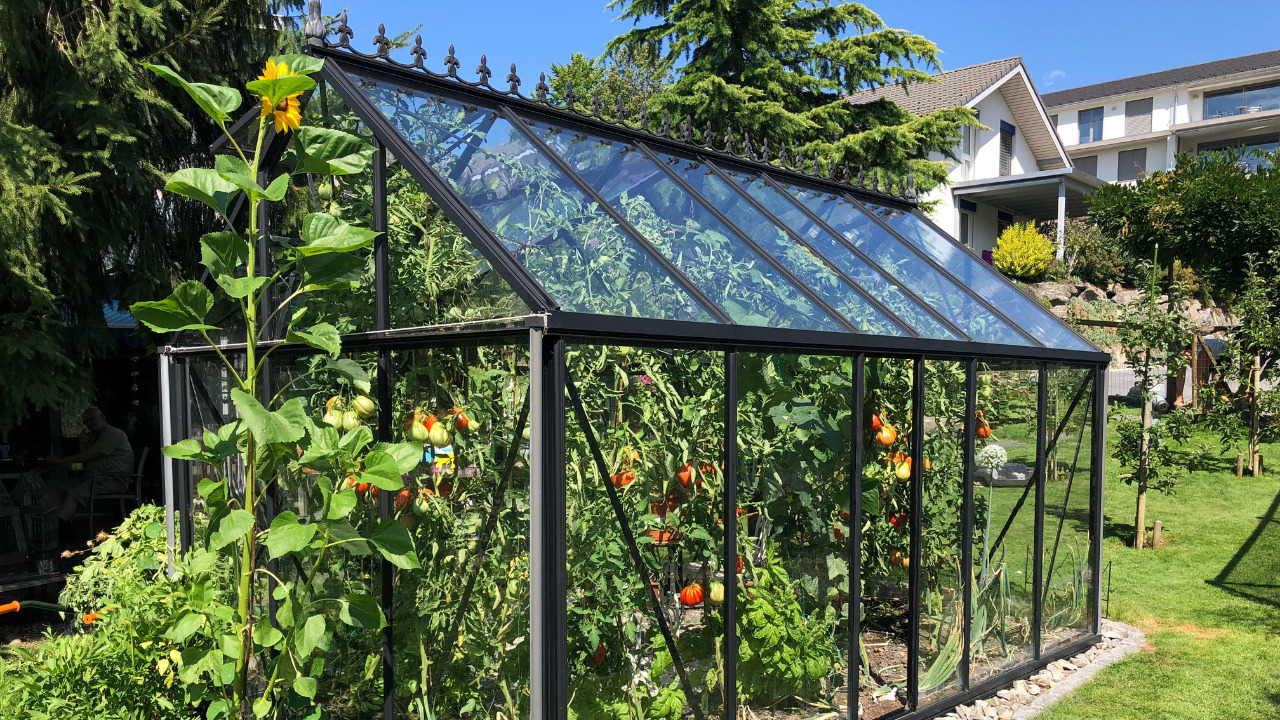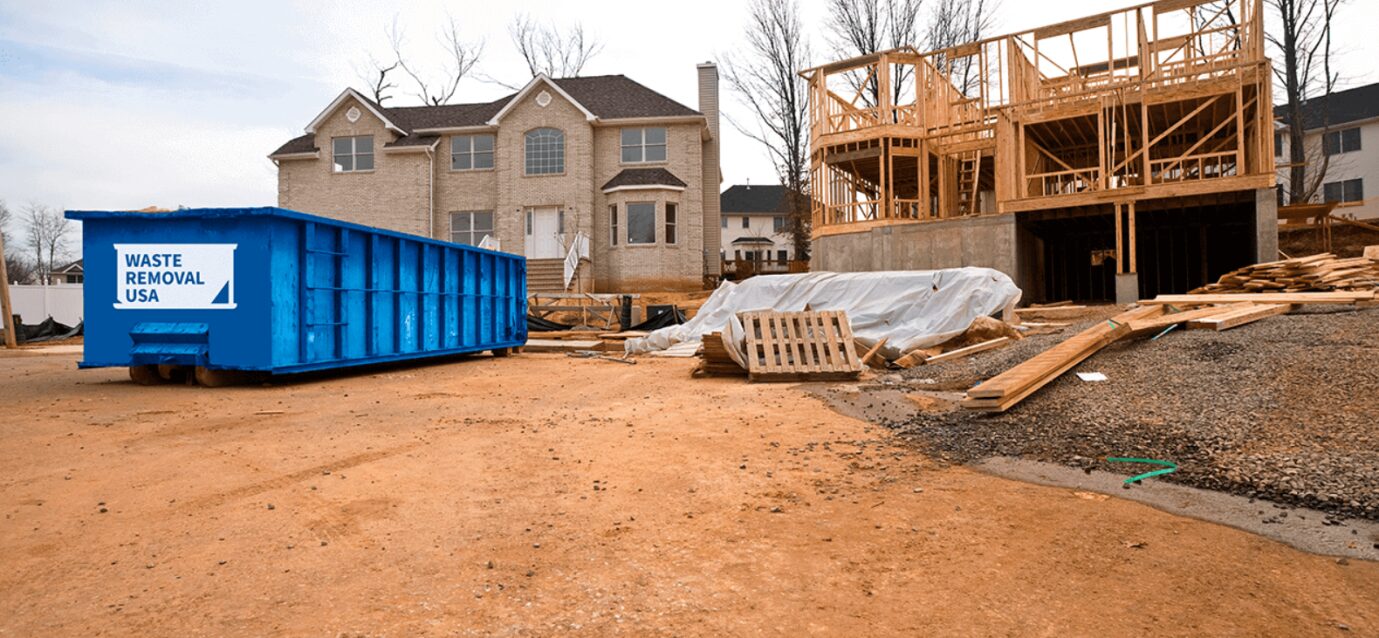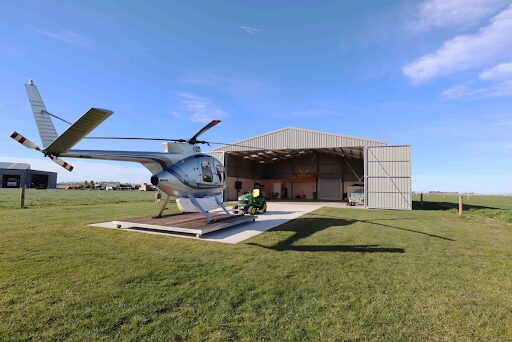Home gardening is becoming increasingly popular as interest in sustainable living and locally sourced produce grows. Growing fresh vegetables and herbs all year is appealing whether you are an experienced gardener or just starting.
A cold-frame greenhouse kit, for example, is an inventive structure that extends the growth season and protects plants from extreme weather conditions. This beginner’s tutorial will examine cold-frame greenhouses, their benefits, how to build and utilize one, and some basic gardening suggestions.
Table of Contents
What Is A Cold Frame Greenhouse?
A cold frame greenhouse is a low-cost construction that uses sun energy to generate a regulated microclimate for plants. It comprises a transparent lid, usually made of glass or polycarbonate, on a low, substantial frame. You may open the top to allow for ventilation and close it to keep heat in during colder weather. People commonly use wood, metal, or cinder blocks to form the frame.
The transparent cover allows sunlight to enter and warm the interior, while the surrounding frame protects the plants from high winds, frost, and other inclement weather. These variables work together to create a climate where plants can thrive even during the colder months, extending the growing season.
Benefits Of Cold Frame Greenhouses
Cold-frame greenhouses are a versatile and practical solution for plant enthusiasts and keen gardeners. Consider the many advantages of incorporating cold-frame greenhouses into your gardening efforts.
Year-Round Gardening
The capacity to grow plants all year is the fundamental advantage of a cold-frame greenhouse. It is beneficial in areas with harsh winters, when traditional outdoor gardening may be impossible during certain months.
Protects Plants
Plants are protected by cold-frame greenhouses from frost, heavy rain, and strong winds, giving a safe and stable environment for growth.
Energy-Efficient
Cold frame greenhouses rely on passive solar heating rather than heated greenhouses, which require extra energy sources to maintain warmth, making them more energy-efficient and environmentally beneficial.
Easy To Build And Maintain
Cold-frame greenhouses are comparatively straightforward to build and maintain compared to larger, more sophisticated buildings.
Extends Growing Season
Cold-frame greenhouses can extend the growing season for particular crops by creating a controlled microclimate, allowing for multiple harvests throughout the year.
Hardening Off Plants
Cold frames are also suitable for “hardening off” young seedlings before transplanting them into the open environment. Gradual outdoor exposure prepares the plants for the transition and reduces transplant shock.
Building A Cold Frame Greenhouse
Building a cold-frame greenhouse is a simple operation that involves only a few basic supplies and tools. Here’s a step-by-step tutorial for making one:
Step 1: Location And Orientation
Choose a location for your cold frame with plenty of sunlight throughout the day. It should ideally face south to enhance solar exposure during the winter months. To avoid waterlogging, make sure the ground is level and well-drained.
Step 2: Choose The Frame Material
Select a suitable frame material, such as rot-resistant wood, aluminum, or cinder blocks. The frame should be strong enough to withstand outdoor use.
Step 3: Design And Dimensions
Decide on the size and shape of your cold frame. The available area and your gardening requirements will determine the dimensions. A typical size is 3 to 4 feet broad and 6 to 8 feet long.
Step 4: Build The Frame
Make the frame out of the material of your choice. Assemble the wood pieces to form a rectangle object with open sides.
Step 5: Add Hinges And Lid Support
Attach hinges to one side of the frame and a prop or support to the other, making it easy to open and close the lid.
Step 6: Attach The Lid
Screw or attach the transparent lid (glass or polycarbonate) to the frame. To reduce heat loss, provide a tight fit.
Step 7: Insulate The Frame (Optional)
Consider insulating the sides and bottom of the structure with materials such as straw bales or foam boards in colder locations to provide additional protection from freezing conditions.
Step 8: Place The Cold Frame
Fill the cold frame with a few inches of well-draining soil or compost and place it in its specified location.
Using The Cold Frame Greenhouse
Now that you have finished building your cold-frame greenhouse, it’s time to start growing plants. Here are some pointers to help you make the most of your cold frame:
Choosing The Right Plants
Choose cold-hardy veggies and herbs that can survive colder temperatures. Beautiful alternatives include spinach, kale, lettuce, carrots, radishes, and chives.
Planting And Watering
Depending on their growing requirements, sow or transplant seedlings into the cold frame. Water the plants as needed, ensuring the soil is moist but not soggy.
Ventilation
Keep an eye on the temperature inside the cold frame, particularly on bright days. If the temperature rises dramatically, partially or entirely, open the lid to prevent overheating. When the temperature drops at night, make sure to close it.
Season Extension
Plant cool-season crops in late summer or early fall to extend the growth season. It will give the plants a head start before winter, allowing them to withstand the colder months longer.
Frost Protection
Consider covering the cold frame with frost cloth or burlap for extra protection on freezing nights.
Harvesting
Regularly harvest mature vegetables and herbs to support continued growth and prevent overcrowding inside the cold frame.
Winter Maintenance
It’s critical to check your cold-frame greenhouse during the winter months to ensure everything is running smoothly. Here are some winter maintenance suggestions:
Snow Removal
If heavy snow accumulates on the lid, remove it carefully to minimize damage. Avoid using sharp tools that could scratch or crack the surface using a soft broom or brush.
Cleaning
To enhance sunlight penetration, clean the clear lid regularly. A layer of dirt or filth might block light from reaching your plants.
Insulation Check
Inspect the frame after you’ve insulated it to ensure no gaps or damage could impair the protection it provides.
Ventilation Adjustments
On sunny winter days, monitor the temperature within the cold frame and change the lid to prevent overheating.
Conclusion
Cold-frame greenhouses are fantastic tools for both novice and experienced gardeners. They benefit by extending the growth season, protecting plants from harsh weather, and providing a sustainable and energy-efficient gardening solution.
A cold-frame greenhouse is a beautiful addition to any gardener’s toolset, whether growing your favorite herbs for culinary delights or fresh veggies for a year-round supply of nutritious produce. So, roll up your sleeves, be creative with the design, and enjoy the fun of maintaining thriving plants as the seasons change. Good luck with your planting!





